[Audio] How to Write a Technical Disclosure for Patent Drafting
JD Supra Law
JULY 13, 2022
The technical disclosure should contain the following contents, technical background, purpose of the invention, technical solutions, embodiments, technical effects, alternative solutions, and references. Technical Background The technical background allows the attorney to know the present invention's background and.

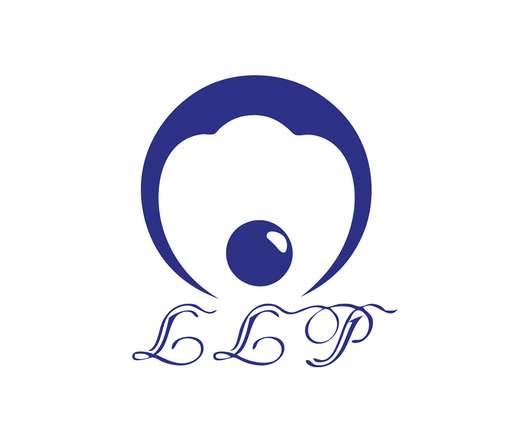

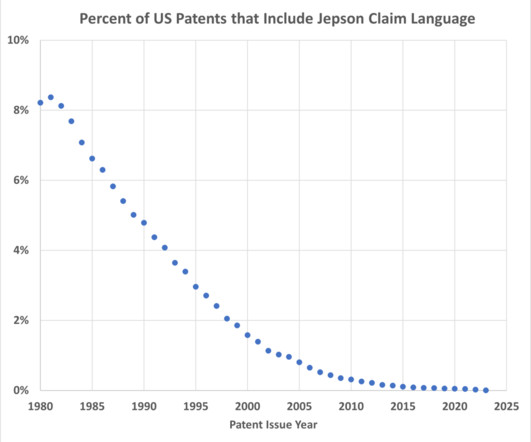


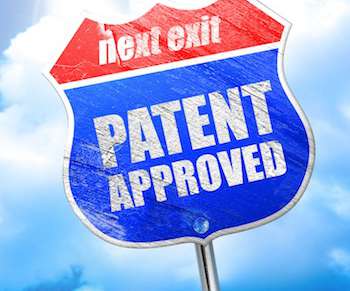
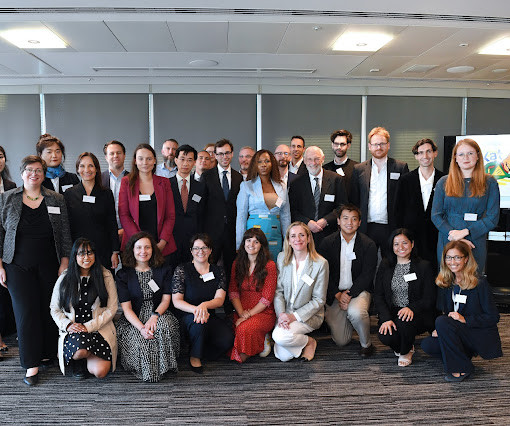



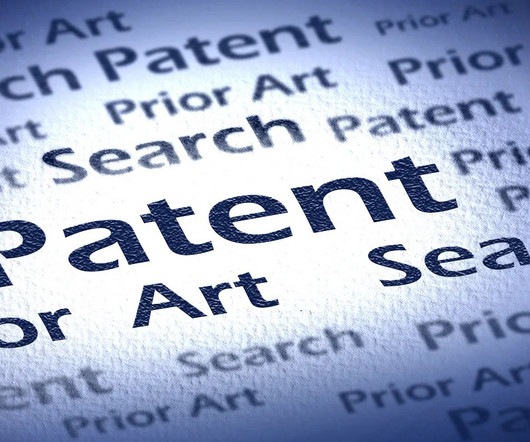

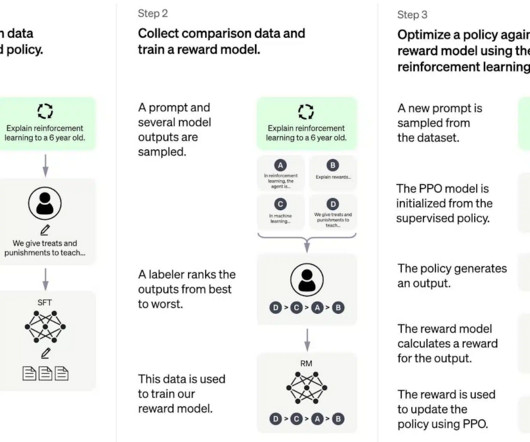







Let's personalize your content